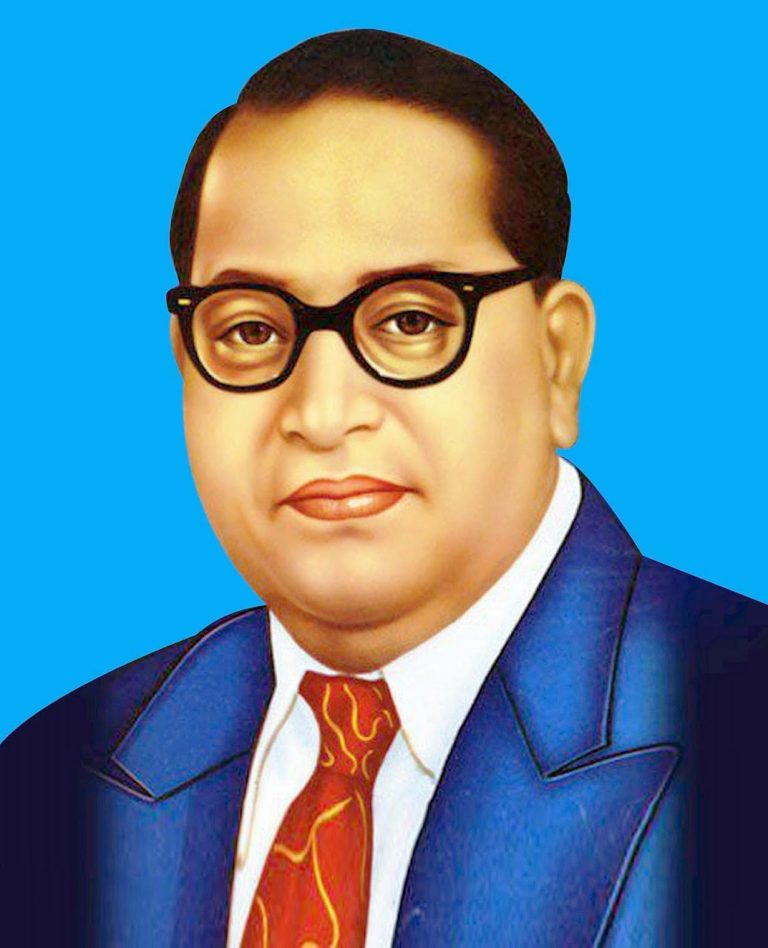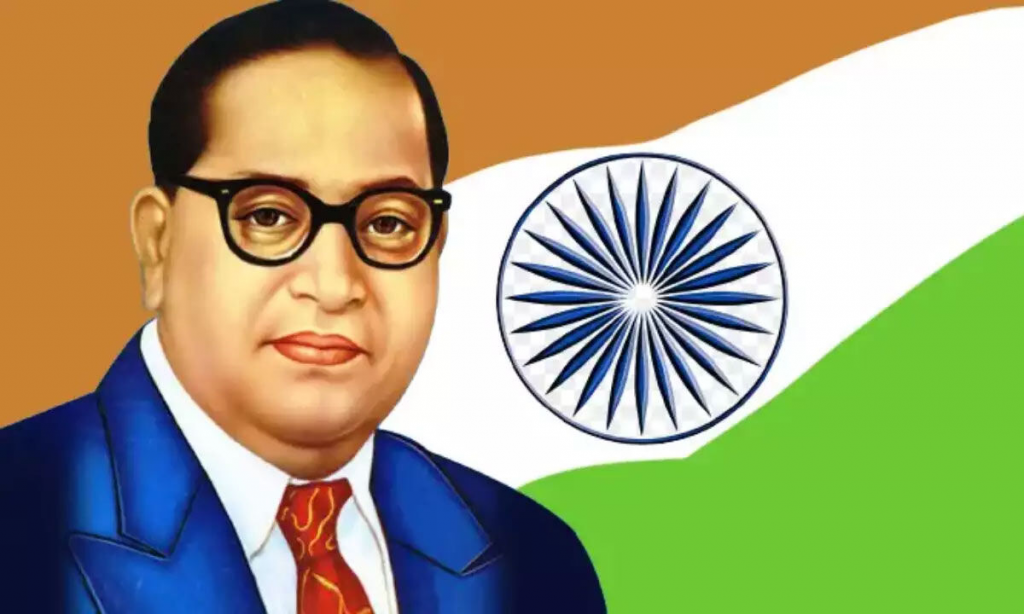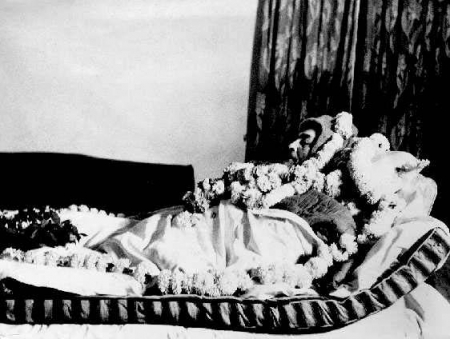
Dr. B.R. Ambedkar held several prestigious titles and honors throughout his life, recognizing his contributions as a social reformer, jurist, economist, and political leader. Some of his notable titles include:
Official Titles & Positions
- Father of the Indian Constitution – As the chief architect of the Indian Constitution.
- First Law Minister of Independent India – Served from 1947 to 1951.
- Chairman of the Drafting Committee – Led the drafting of the Indian Constitution.
- Member of the Viceroy’s Executive Council (1942–1946) – Served as the Minister for Labour.
- Founder of the Scheduled Castes Federation (SCF) – A political party advocating Dalit rights.
- Chairman of the Finance Commission of India (1951) – Contributed to economic policies.
Honorary & Popular Titles
- Bodhisattva – Revered as a spiritual leader by Dalit Buddhists.
- Dalit Icon & Messiah of the Oppressed – For his lifelong struggle against caste discrimination.
- Symbol of Social Justice – Advocated for equality, liberty, and fraternity.
- Greatest Indian Since Independence – Voted in a 2012 CNN-IBN poll.
Academic & Intellectual Titles
- First Dalit to Earn a Doctorate Abroad – Earned PhDs from Columbia University and the London School of Economics.
- Distinguished Economist – His ideas influenced India’s financial institutions.
- Champion of State Socialism – Advocated state-controlled industries for economic justice.
- Revolutionary Thinker – His writings on caste, labor, and democracy remain influential.
These titles reflect Ambedkar’s multi-faceted legacy as a leader, intellectual, and reformer whose work continues to shape modern India.






